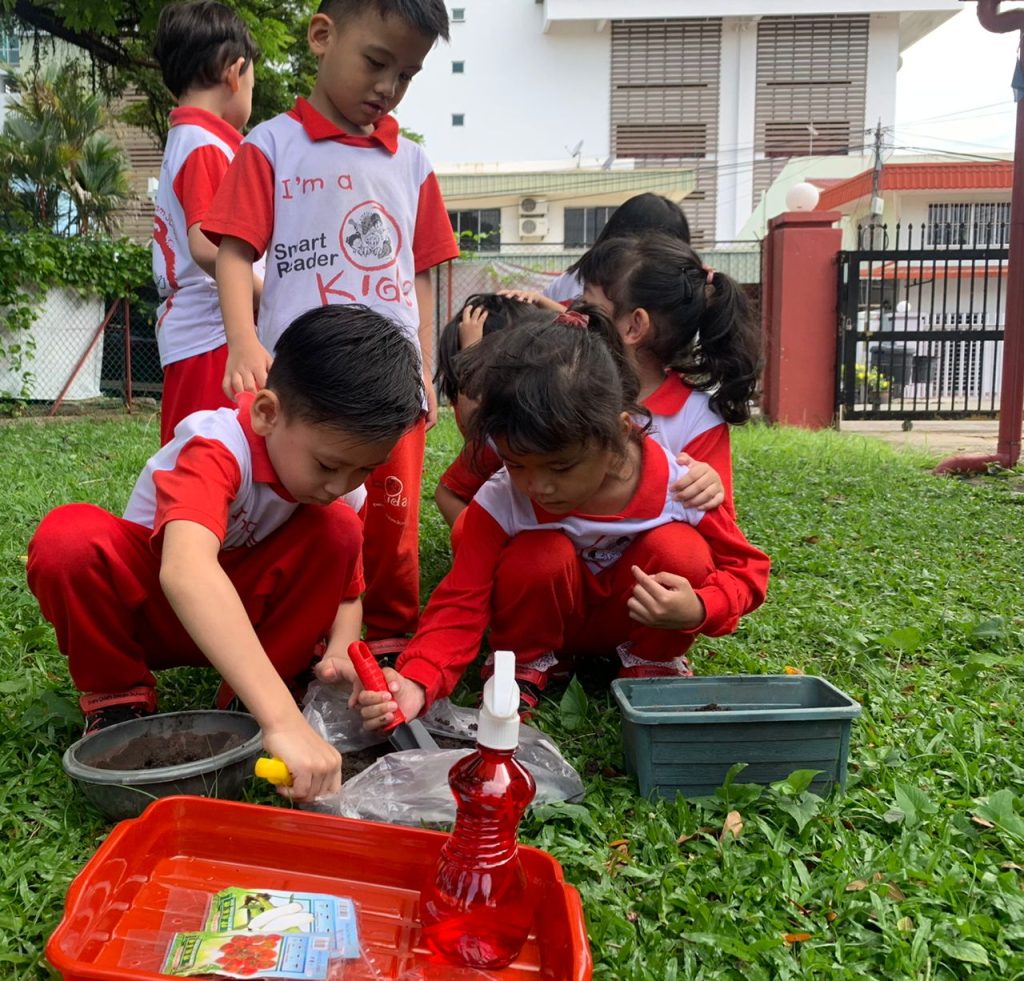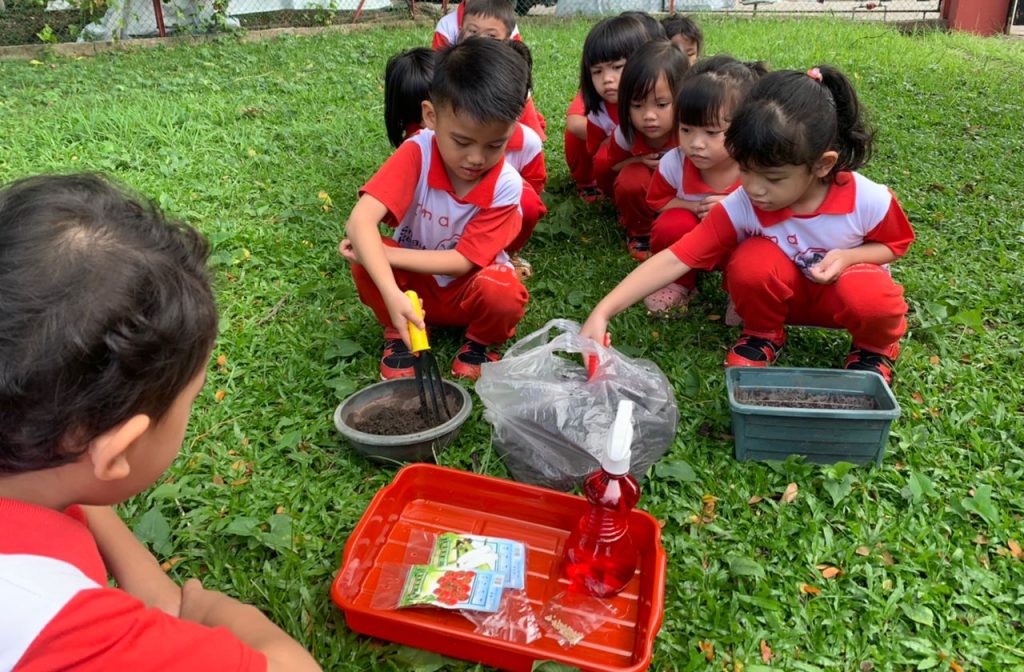At a young age, children are naturally curious about the world around them. It’s important to provide them with engaging knowledge to help develop their thinking and problem-solving skills. During this critical stage, children are discovering new things, and there are many ways to guide them in making their own discoveries. Here are some tips on introducing science to your children!

Provide them with ample time and space to explore
Introducing science to your children at an early age can be done by providing them with ample time and space to explore. One of the simplest ways to do this is by allowing them to explore the outdoors. You can also introduce them to plants, weather, animals, or insects around them. Additionally, letting them touch and feel different textures such as rocks, grass, or leaves helps build new nerve connections in your child’s brain. You can also treat these activities as sensory playtime for them.
We’ve also included a few indoor activities that you can do together:
- Introduce different items or foods.
- Let your children hold, touch, and feel the differences in textures of the items.
- Introduce them to different foods and let them explore the differences in taste, size, and texture.
Let your child lead
When you’re introducing your children to the world of science, it’s crucial to pay attention to their interests. For example, if they show a keen interest in animals, you can show them topics within such as animal behaviour or habitats. Similarly, if they are drawn to space, you can explore the wonders of the universe, including the solar system, and space exploration. By providing them with access to interactive lessons, engaging books, and online videos, you can nurture their passion for learning and spark their curiosity to explore.
Join the learning together
At this important stage, children often ask questions about the world around them. While we may not have all the answers, it’s important to engage with them. For example, you can teach them about mixing colors and discover new things together. Additionally, you can find simple experiments that you can do together such as objects that sink or float, hot or cold objects and many more! It’s crucial to nurture their curious minds. Even if you don’t conduct experiments together, you can also share interesting facts with them.
Here are some interesting fun facts that you can share with your children:
- Horses and cows sleep standing up.
- Your heart is about the same size as your fist.
- Tomatoes and avocados are actually fruits, not vegetables.
(source from GoodtoKnow)

Instilling a love for science in children goes beyond textbooks and classrooms; it can start at home. Giving children the chance to explore and discover the world around them provides an opportunity for them to develop early problem-solving skills and curiosity at a young age. At Smart Reader Kids®, our holistic and engaging approach to science helps to broaden their inquisitive minds and ignite their scientific exploration!
